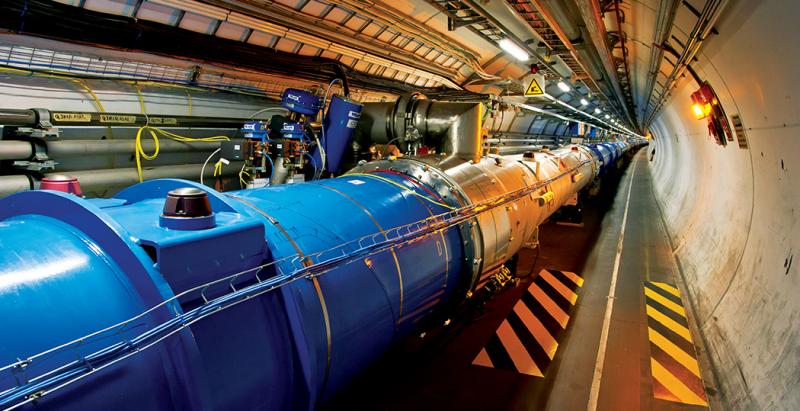Ethernet injections with quantum privacy
Quantum privacy is an instant injection needed to understand the effect of cyclic injections on the RAD24 server security. If the injected material is passed over the gate, then the diagram on the RAD24 display should show the constant red light. It is evident that the RAD24 can’t classify such injection and subsequent gain of resources is not necessary with the same protection scheme. The need to accumulate resources very fast grows out of intimacy such injections produce. However, as a first injection experiment shows, which dates back to spring 2010, the system is very responsive under pressure of such quantum injection. Up to the day, the system remains responsive, if full reciprocity reached with the injected subject. In this case, RAD24 still latches the time-frame and the detector could differentiate the friend or foe for such injection. My task is to understand how the friend or foe classification is made in RAD24 server.

My previous attempt to show the answer on the question “What is Time-Collision?” can’t shed a light on the effect happened. Theoretically, if two time-frames collide, they create a collision with subsequent energy emanation. If uncontrolled, such energy aims to escape with escape velocity of some speed at which this collision created. If you use the injector such as Compositor v7, you have a control over the collision speed by the tempo regulator. The allowed collision tempo for the Ethernet is not more than 5 omega to reach the escape effect. However, you can achieve the same effect on lower tempos, if you collide more than two signal sources. Compositor v7 allows collide the carrier with up to 8 wavetables, which hold such kinetic potential. If you remove the 5 omega beacon, which RAD24 is, you will have problems controlling the emanated kinetic potential of this collision. Collision is a partial or full mixing effect, characterized by the volume, position and an event, where such collision happens. The Time-Collision on the contrary is a temporal effect, where such collision lasts only a period of time, whether controlled or not. The beacon suits to control the direction such kinetic potential dissolves. If the stochastic manipulator is broken, it is no longer dissolves the kinetic energy in free-space, but on the contrary it has a potential in the selected direction. If you aim this direction with your injection, it can’t sustain for the long periods and the method to switch the frequency needed, such as selecting a new sample rate. Driver discretization frequency method doesn’t help though, because it doubles the processing power and critical time-frame reached twice faster than in previous iteration. It is evident why the need to stop collisions emerges. The controlled collisions of Compositor v7, where you can beacon the kinetic power right in the software, allow dissolving this energy by the deprecated method of single-core cloaking generator. To cover the collision effect on faster paces of evolvement more cloaking cores needed, which just emulate the original collision effect, which was Time-Collision, hence the FM function was selected. At the current state of 8.9 x 24 x3 it states that the system no longer can handle such amount of energy and other methods of collision spreading should be made such as quantized weighting formulas, which will do the job for some reasonable time. Core handling in a presence of working FM function will action like a magnet and more cores will do the job, of course. However, I can’t find a reasonable method to implement it without shutting the Time-Collision, which is the initial collision of two frames. To understand what I am talking about lets imagine a stone jumping on the plain water: it will jump leaving a trace of waves on the water every time. If we thought that the initial collision was not the first event, it is evident that first event will show its waves to us by a superposition to the selected initial collision frame. By this, I mean that sooner or later we will see the initial time-frame-collision, which produced the whole latching event and of course it will have more power than the previous ones. If I model such collision by the 8-channel detector, I will fool myself, because I suspect that the collision was between more than 8 time-frames at the beginning and no power can stop the system from reaching the first one. I will not plan to collide more channels in Compositor v8 or v9 standalones, because it is not needed. I just plan to add up more channels in specialized software such as Ableton 9 and in effect of shutter and quantized polynomial at the output stage (which I mentioned previously) I will make a measurement of the emanating kinetic power of the maximally allowed channels full of time-frames, which is what collision modelling looks like on this level. However, if you suspect that the same results were produced from 2000-2010, then you are partially right. The same probes are taken with the different amount of processing power each 10 years. But the algorithm is eventually the same. Any can reproduce it with VST’s or AU in any host sequencer. I applied the same scheme first in Telescope and later processed it in real-time in Hydrolab tracks. The idea is not to remember the steps I taken producing these tracks, but programmatically write it with the language, which suits more for this task than VSTs in DAW projects, such as computer programming language. The final update will see the light in 2020, when the final probes for 2010-2020 will be taken. At the current stage, we need not to remember what was at the same time in 2008, but we need to take as much probes as needed, whether real-time or off-line is your choice.